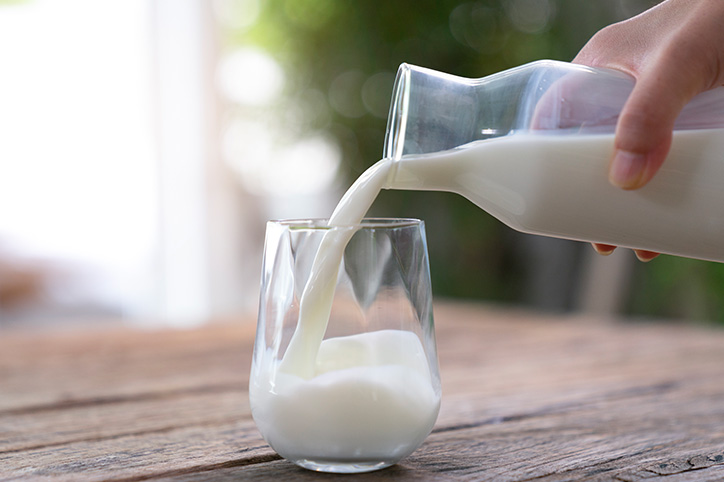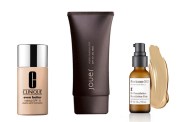Lactose-free, real dairy? It’s true! Brands like Fairlife are leading the way in the ultra-filtered milk market. If you’re wondering what that heck ultra-filtered milk right about now, let’s back up a bit.
Most consumers today are looking for options that suit their dietary needs with most opting for dairy milk or plant-based alternatives, often overlooking the middle option – ultra-filtered milk, a nutrient-dense dairy milk that is lactose-free.
“Ultra-filtered milk is milk that has been passed through a series of filters to separate the water, protein, sugar (lactose) and fat,” says Emily Winkler Onnit Nutrition, RDN, LDN. “Those separate components are then re-combined at more ‘ideal’ levels, so it has lower sugar and higher protein content than regular milk.” While processing usually has a negative connotation, in this case there are nutritional benefits.
The benefits come down to the numbers. “You get more bang for your buck per 8-ounce serving of ultra-filtered milk,” says Winkler. “You get more protein and less carbohydrates allowing consumers to avoid spiking blood sugar levels, which is crucial for individuals who consume large amounts of milk in their diet. It’s also a great addition to coffee and smoothies to limit the carbohydrates consumed throughout the day.”
Below Winkler breaks down the nutrition profiles for various popular milk options. All assume an 8-ounce portion.
- Ultra-Filtered Milk: 120 calories, 4.5 g fat, 6g carbohydrate, 6g sugar, 13g protein
- Regular Dairy Milk (2%): 130 cals, 5g fat, 12g carbs, 12g sugar, 8g protein
- Almond Milk (original, unsweetened): 60 cals, 2.5 g fat, 8g carbs, 7g sugar, 1g protein
- Oat Milk: 120 cal, 5g fat, 16g Carbs, 7g sugar, 2g protein
The above makes it clear that ultra-filtered is an option worth considering, especially if you like the taste of regular milk (it tastes the same). That said if you prefer the taste of almond, oat, coconut or one of the other non-dairy alternatives you might have trouble with ultra-filtered from a tastebuds standpoint.

That said, like with non-dairy alternatives, you always need to check the label of the ultra-filtered milk or milk product you’re buying to make sure the nutritional values meet your standards/specific diet (many can have added sugars). “The Fairlife brand, for example, is very transparent about their animal welfare practices and the dairy farms they choose to produce their milk from – they even have recipes on their website in case you want to try making some new snacks/meals,” says Winkler.
Before you rush to give baby some sips, however, note that typically, 12 months old is when it’s recommended to start introducing milk into a child’s diet, no matter if it’s regular or ultra-filtered, according to Winkler.
Read About More Nutrition Trends:








